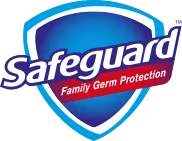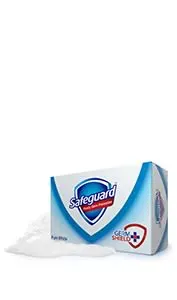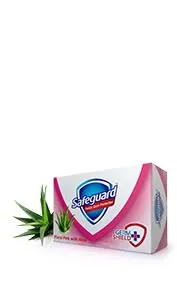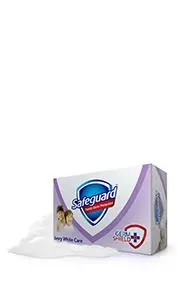- Home/
- Health Education/
- Germ & Infectious Disease/
How to Identify and Help Prevent Impetigo
How to Identify and Help Prevent Impetigo
SHARE
What Is Impetigo?
Impetigo, also known as mamaso, is a highly contagious infection of the outer layers of skin, which usually appears as red blotches around the nose and mouth. Caused by bacteria, this reddish rash is characterized by liquid-filled blisters that burst easily, then form scabs that fall off, leaving no scars. Impetigo occurs most frequently in young children. There are two types of impetigo: non-bullous and bullous. Non-bullous impetigo comprises roughly 70 percent of diagnosed cases. Bullous impetigo may feature larger blisters either on the torso or diaper area of young children.
How Does Impetigo Spread?
Impetigo spreads through direct contact with someone who is infected. It also can be spread through contact with something an affected person has touched, such as towels, clothing, bed linens, and toys. While it most commonly appears around the nose and mouth, blisters can be spread to other areas of the body. To help prevent spreading, children should stay home from school for 24 hours after starting an antibiotic treatment.
Who Is at Risk for Impetigo?
Because it most commonly occurs in children ages 2 to 6, age is the biggest risk factor for contracting impetigo. Other risk factors include:
- Athletic activity: Participating in sports that involve skin-to-skin contact, such as rugby or wrestling, increases the risk of contracting impetigo.
- Skin lesions: The bacteria that causes impetigo can enter through small skin cuts, insect bites, or rashes.
- Warm climates: Impetigo is more common in warm, humid weather.
- Crowded environments: Schools and day care centers are common breeding grounds for impetigo.
How Is Impetigo Treated?
Impetigo is not serious, and if the area is kept dry and clean, it typically clears up on its own in two to three weeks. It will usually heal faster with antibiotics (either oral tablets or topical cream).
How Can Impetigo Be Prevented?
Avoiding contact with individuals with impetigo is the best way to prevent the condition. Also, practice good personal hygiene, and teach your children about its importance. Frequent and thorough hand washing with an antibacterial soap such as Safeguard® also can help. Also, keeping a small bottle of hand sanitizer—containing at least 62 percent alcohol—for cleanups when soap and water aren’t available can help prevent the spread of the germs that cause impetigo.
SOURCES:
1Mayo Clinichttp://www.mayoclinic.org/diseases-conditions/impetigo/basics/causes/con-20024185 US National Library of Medicine
http://www.ncbi.nlm.nih.gov/pubmedhealth/PMHT0024788/ Patient, Trusted Medical Information and Support
http://www.patient.co.uk/doctor/impetigo-pro Kids Health
http://kidshealth.org/parent/infections/skin/impetigo.html NHS
http://www.nhs.uk/Conditions/Impetigo/Pages/Treatment.aspx





